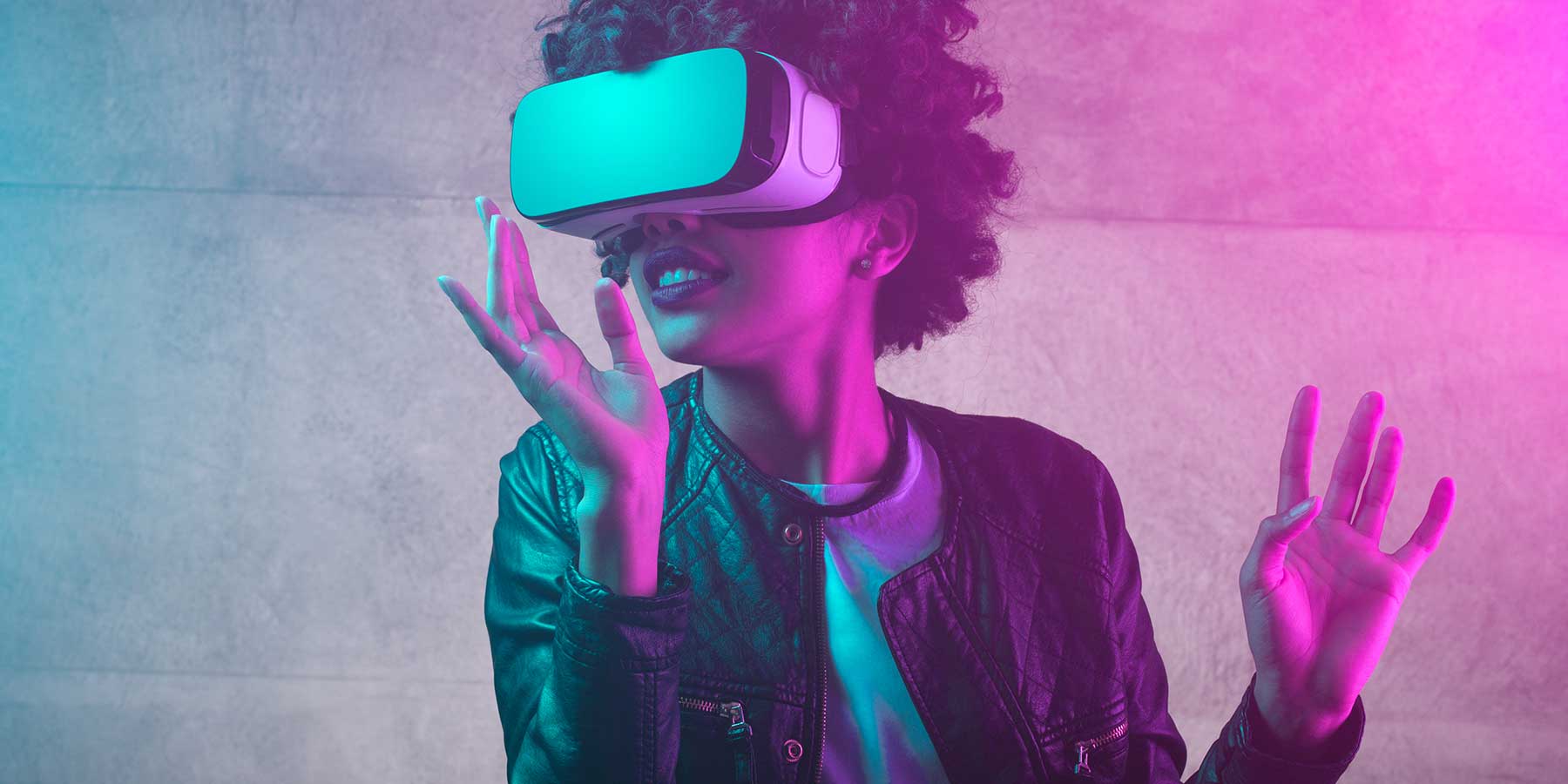According to the most recent Nielsen survey, consumers are hit with more than 10,000 promotional messages a day. While they may be easier to reach through the proliferation of online media and the power of social media, breaking through and making a real connection is harder than ever. That’s why marketers are turning more and more to non-traditional and non-digital ways to engage their audience in person and create an experience (now having to learn how to follow social distancing norms).
Any exposure can deliver an impression, but experiential marketing can better captivate consumers and actually burn a memorable impression in their minds. Leveraging consumers’ seven senses with your brand literally activates their brain chemistry, lifting the endorphins and dopamine to improve the chance a message is remembered longer and with greater accuracy.
Experiential marketing is not new. In the early 1900s, Marshall Fields moved their fragrance department near the front doors to mask the odor from the horse drawn carriages outside. Sales increased, and customers stayed longer and sampled more products.
This type of sensory marketing paved the road for more dramatic in-store demonstrations (think Costco, Macy’s and Best Buy), then evolved into teams-on-the-street marketing with brand ambassadors and mobile units designed to take products to where consumers live and work. Originally, success was measured by the number of free items distributed and leads generated; now, it’s measured by the quantity and quality of connections created. Modern experiential marketing is content marketing – live and in-person online and offline – that creates moments to share with friends and family, engages consumers in two-way conversations and, ultimately, turns interested shoppers into loyal customers.
A recent study by emarketer reveals that the number of touchpoint engagements with a brand has grown from seven to 24 prior to actual adoption and purchase. In order to get their messages noticed and remembered, brands are including out-of-the-box experiences in their marketing mix – think tight rope walkers in the middle of Times Square, flash mobs, talking billboards, hug machines, Tik Tok videos, and branded selfie frames. According to a new Pew Research study, 78% of all Millennials are more inclined to become part of a brand if they have face-to-face interaction with sensory surround (music, action, product sampling), with more than 86% of them sharing their experience through social media. And, since Accenture reports that Millennials will account for nearly $1.4 trillion in spending power in 2020, marketers need to recognize the importance of this trend and embed it into their marketing strategy.
At The Point Group, we understand how to create the right experience for your brand through live webinars, media partnerships and creative ways to take your brand to the streets or at least online for now with Facetime tours, Zoom tasting parties, You Tube exercise classes, and video marketing. It’s a new world for marketers, one that thrives on inventive, innovative, and out of the ordinary thinking. Let us help you elevate your experiential play and make better connections between your brand and your customers to drive leads for your business.



